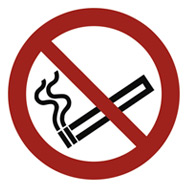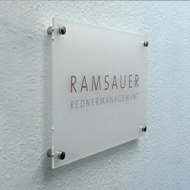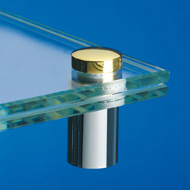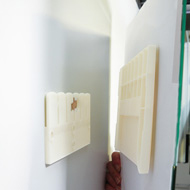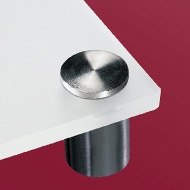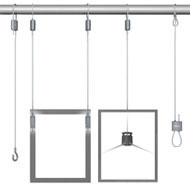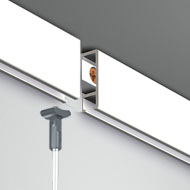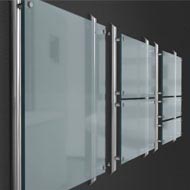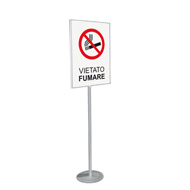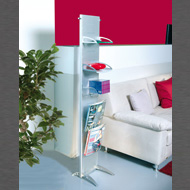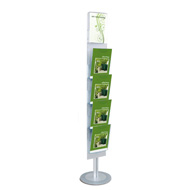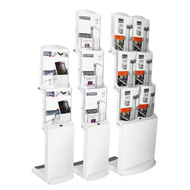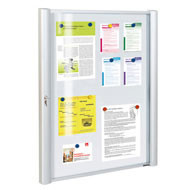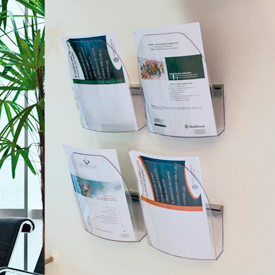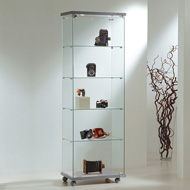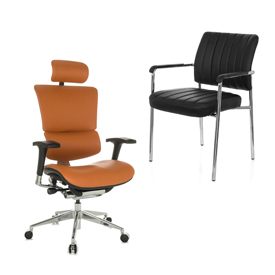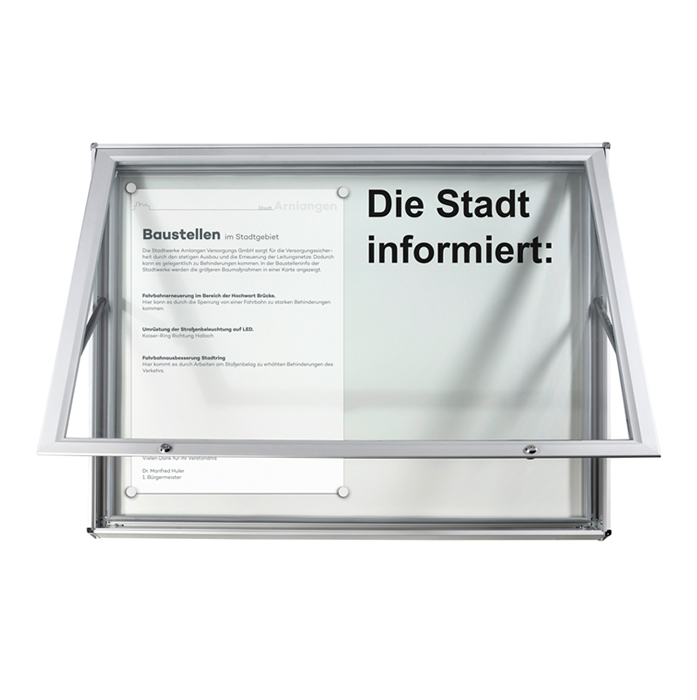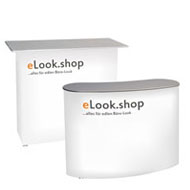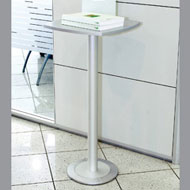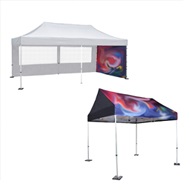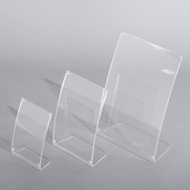IGeL - targeted advertising of services
Thursday, November 15, 2018
The bottom line is that many doctors have less money than most patients realize. Due to personnel, equipment and space costs, the net income has increased far less than the income in recent years. Rigorous austerity programs in the health care system are making the situation for the medical profession worse. Hardly any practice today can do without the so-called IGeL services.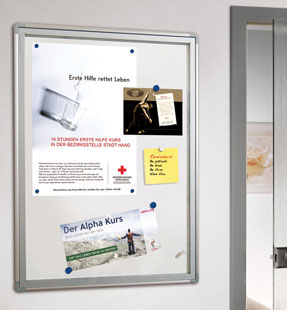
In the outpatient sector, health insurance companies only cover those services that the Federal Joint Committee considers to be sufficiently useful. In the case of inpatient treatment, everything is covered that is not expressly excluded.
Banner wall mounts or poster showcases are ideal for informing patients about IGeL. There the patient will find an overview of the services offered and the reasons why they are useful for him or her, although the health insurance companies do not cover them.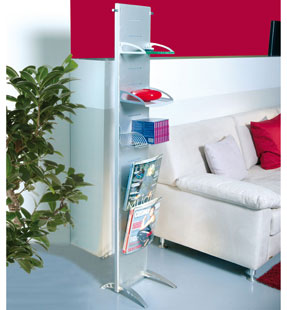
The medical practices usually offer these information brochures in brochure stands so that everyone can take the information home with them. Depending on the type and size of the practice, it makes sense to create different brochures, for example for patients over 50 or for expectant mothers.
Claims such as "Protects against blindness caused by glaucoma" are certainly not appropriate. It would be better to use the term "detects excessive intraocular pressure that can lead to blindness" here.
Of course, no doctor can claim that he performs better than a colleague. However, it is permissible to mention that a device is used in which the measurement is made without contact via compressed air. A procedure that largely excludes infections.

What are IGeL services
Individual health services ( IGeL ) are medical services whose costs are not covered by health insurance companies. In many cases, these are examinations or applications that the health insurance pays for if they are performed in the hospital, but not in doctors' surgeries.In the outpatient sector, health insurance companies only cover those services that the Federal Joint Committee considers to be sufficiently useful. In the case of inpatient treatment, everything is covered that is not expressly excluded.
Bringing the range of services closer to the patient
Hardly any doctor today has the time for a detailed discussion with the patient. It is therefore often not possible to convince the patient that a certain service is meaningful and important to him. Doctors should therefore make targeted use of the waiting area to provide information about individual healthcare services. A dual strategy is appropriate.Banner wall mounts or poster showcases are ideal for informing patients about IGeL. There the patient will find an overview of the services offered and the reasons why they are useful for him or her, although the health insurance companies do not cover them.

Use brochure stands for detailed information
Even health-conscious people are often reluctant to use doctor's services that are subject to a fee. So that the offer is not forgotten, clever doctors print brochures that provide the patient with detailed information.The medical practices usually offer these information brochures in brochure stands so that everyone can take the information home with them. Depending on the type and size of the practice, it makes sense to create different brochures, for example for patients over 50 or for expectant mothers.
Consideration of the model professional code for doctors
§ 27 para. 3 MBO-Ä regulates the form in which doctors are allowed to advertise. Factual information about the IGeL offered by the doctor is permissible. The following example for an ophthalmology practice illustrates this:Claims such as "Protects against blindness caused by glaucoma" are certainly not appropriate. It would be better to use the term "detects excessive intraocular pressure that can lead to blindness" here.
Of course, no doctor can claim that he performs better than a colleague. However, it is permissible to mention that a device is used in which the measurement is made without contact via compressed air. A procedure that largely excludes infections.




